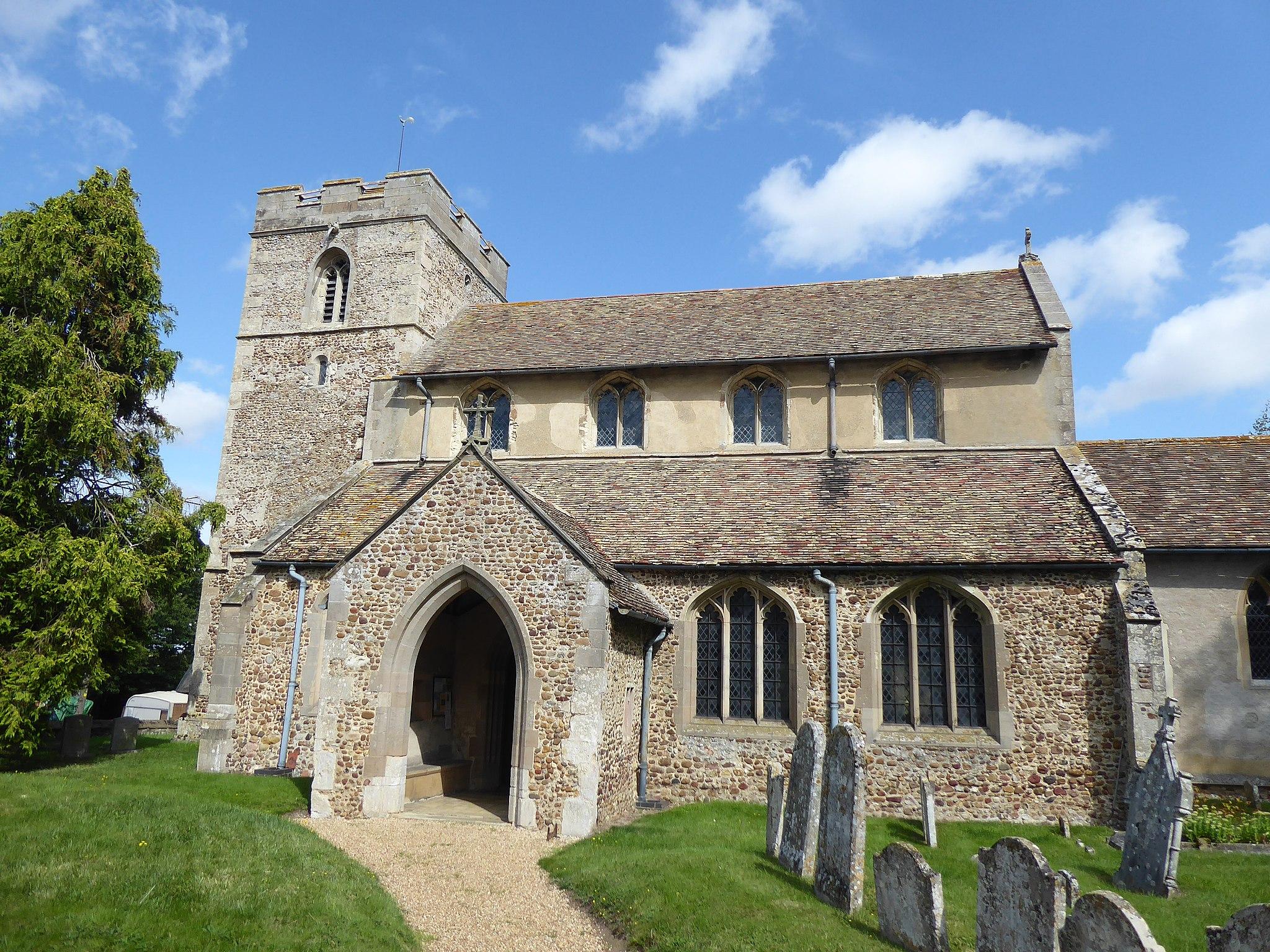All Saints
Knapwell, Cambridgeshire
This is test information

A delightful medieval church to visit with some fantastic stories to tell in its medieval wall paintings and its important evidence of Civil War iconoclasm.
Kingston, Cambridgeshire
All Saints & St Andrews dates from the late 13th century, was rebuilt in the late 15th century, and is noted for its extensive and nationally important series of medieval wall paintings, all of which have been conserved over the last 25 years.
The church is in the centre of the village at the north end of what was once a ten acre village green; it is built of field stones and clunch, quarried locally. The chancel is late 13th century but the nave and aisles were rebuilt in the late 15th century: the nave arcade and fenestration are in the perpendicular style.
In 1352 the church was rebuilt, but fire destroyed the nave in 1448. The doors and rood screen are late 15th century.
The main interest of the church is in the extensive wall paintings, which include in the chancel a late 13th century depiction of two knights (a Psychomachia); in the north aisle, late 15th century murals of the seven acts of mercy, St George and the Dragon and St Christopher; over the chancel arch, the Crucifixion with three pairs of angels; and above the nave arcade late 16th century black letter texts.
Medieval and later graffiti includes reference to three sisters, victims of a 1515 plague, and many carved initials of school children and their game 'Three Men's Morris' (the village school was housed in the north aisle). There is a Jacobean monument to Fogge Newton, Rector of KIngston and Provost of of King's College. There is evidence of civil war iconoclasm dating from 1644. Legend has it that the crack in the 14th century font was caused by a blow from Oliver Cromwell's horse.
An Anglo-Catholic restoration by Comper and Bucknall of 1894 added a new roof, stone altar, piscina and stoup to the south aisle, but was not completed. The benches and one of the chancel windows are the work of the Leach family, of Cambridge, well known 'Art Workers' in the William Morris tradition, dating from the 1920s.
Knapwell, Cambridgeshire
This is test information
Fenstanton, Cambridgeshire
The tall, graceful spire is visible for miles around, it was used by sailors and others returning by boat along the river Great Ouse to the port of St Ives as a welcoming landmark, and it may even have had a lit beacon to aid their way.
Eltisley, Cambridgeshire